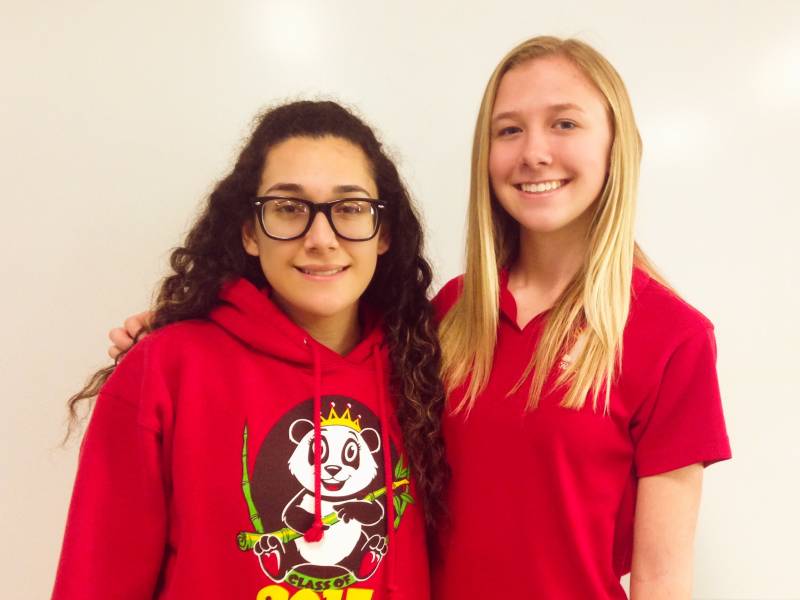We recently invited youth from California and beyond to submit their ideas for solving problems in their communities as part of KQED's #EngineerThat student media challenge. With the help of the Teen Think Tank from the California Academy of Sciences, we chose our top five favorite submissions last month and asked you, the KQED audience, to weigh in with your votes. With nearly 4,500 votes cast, two student projects rose to the top. Meet the two student teams, see their awesome engineering solutions and hear what they had to say about participating in the challenge.
Winners of the Audience Vote: ePoints
ePoints is an app designed by Aliana Garcia and Aidan Crowley, high school students at Rosary Academy in Fullerton, California. The purpose of ePoints is for teachers and students to easily track and manage extra credit points or participation points. Check out ePoints here:
Why did you want to participate in the #EngineerThat student media challenge?
Participating in the #EngineerThat challenge was very exciting! We were inspired to participate because of our love for science and math, and this challenge increased our interest in engineering as well. It was intriguing to identify a problem in the community and be able to create a viable solution.
How did you come up with the problem you wanted to solve?
We noticed that in the classroom, teachers were always struggling to keep track of extra credit points or participation points. From slips of paper to participation checklists to mentally keeping track, there was no standardized method of tracking and logging points. We wanted to streamline the process and consolidate point-tracking into one concise app; that is how the idea for ePoints was born.
